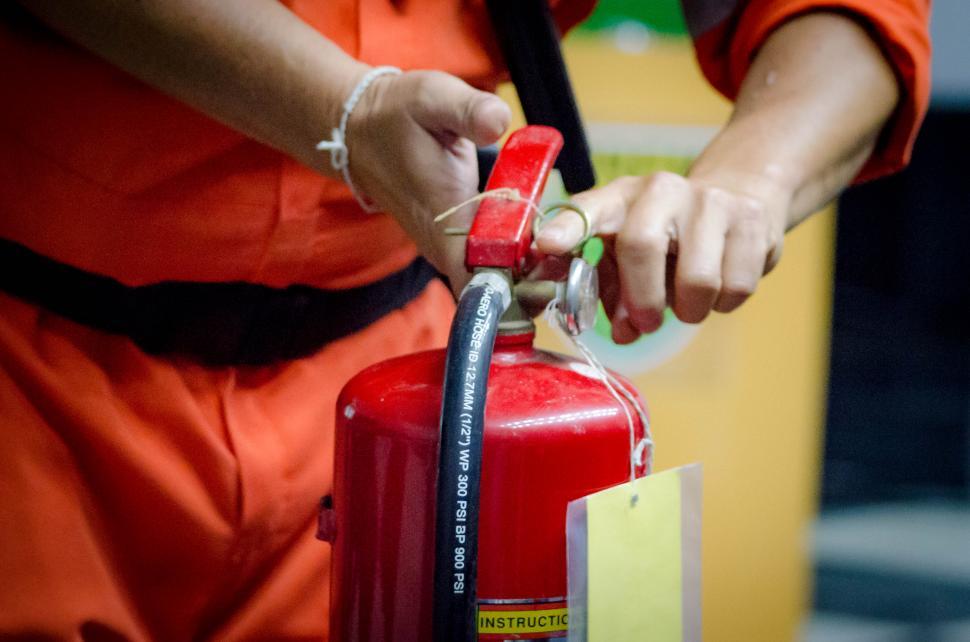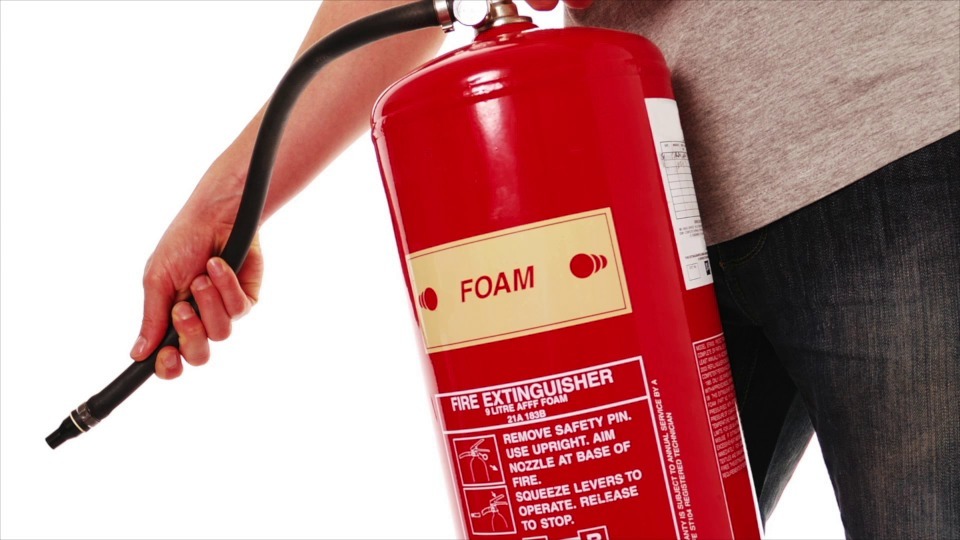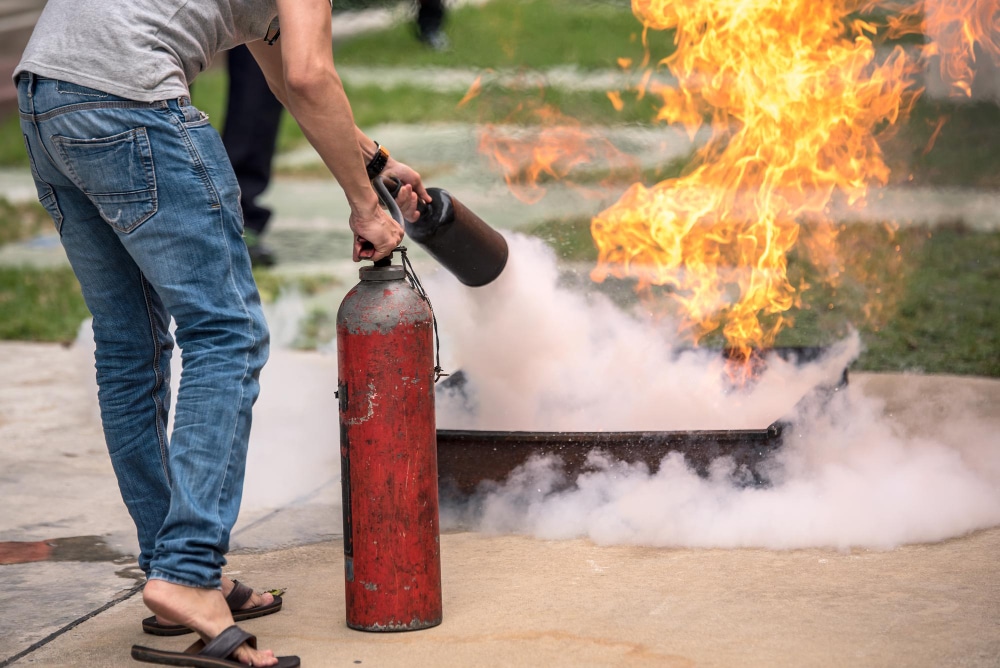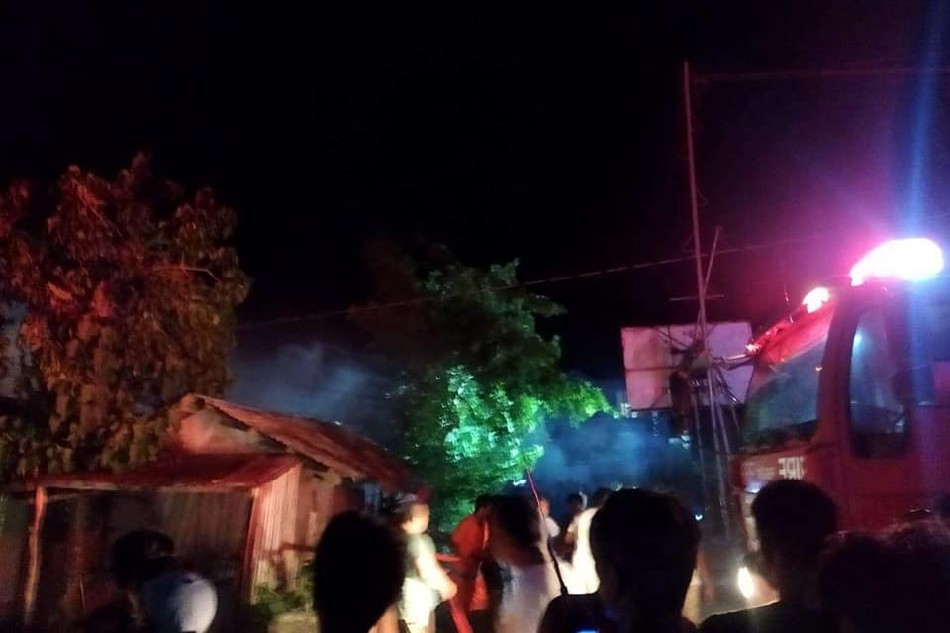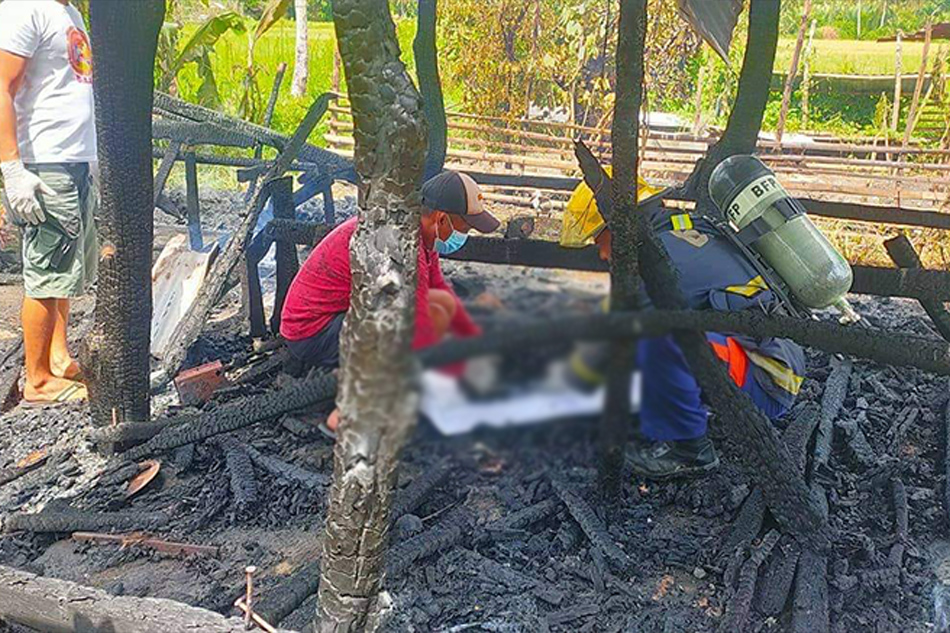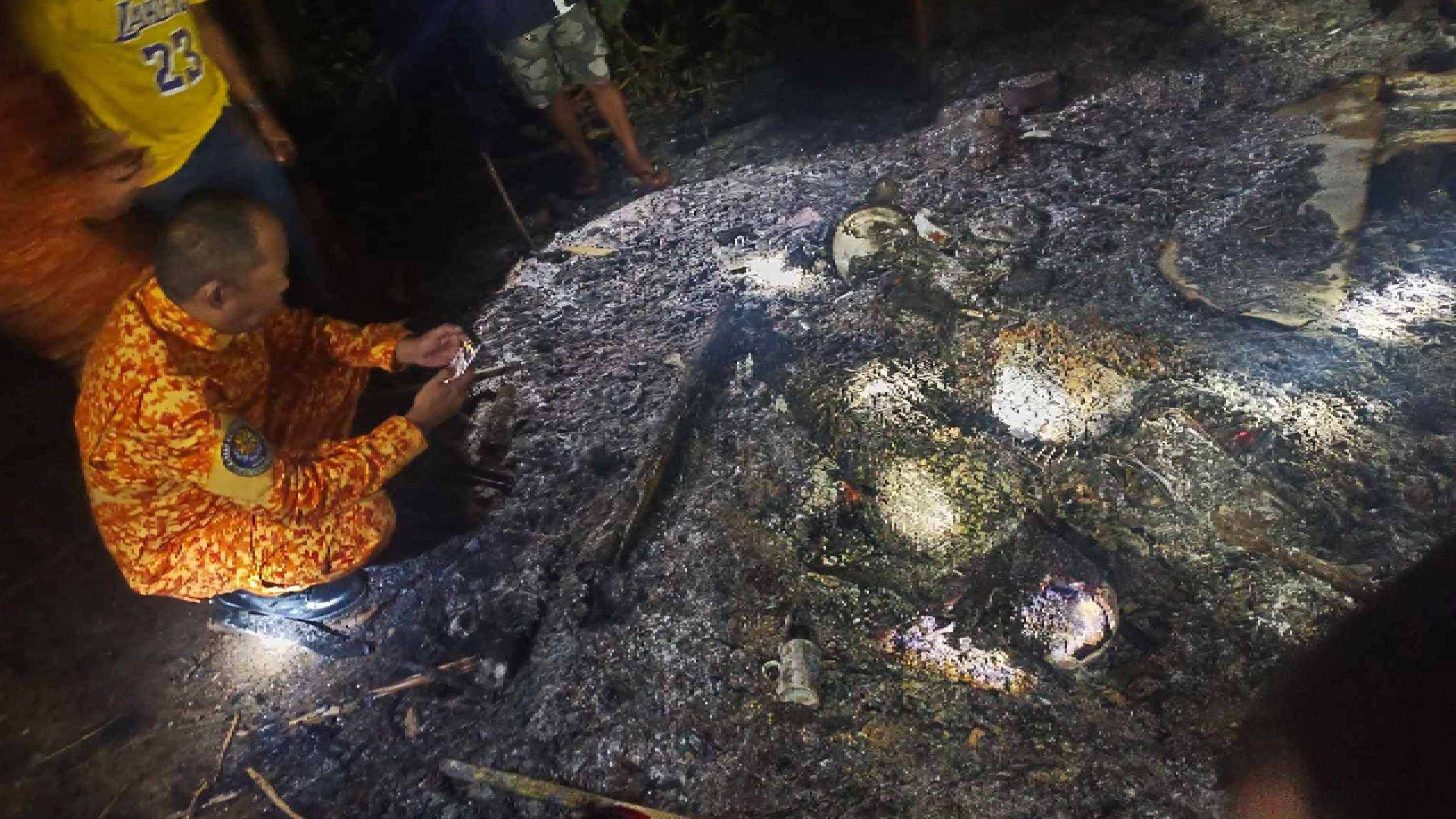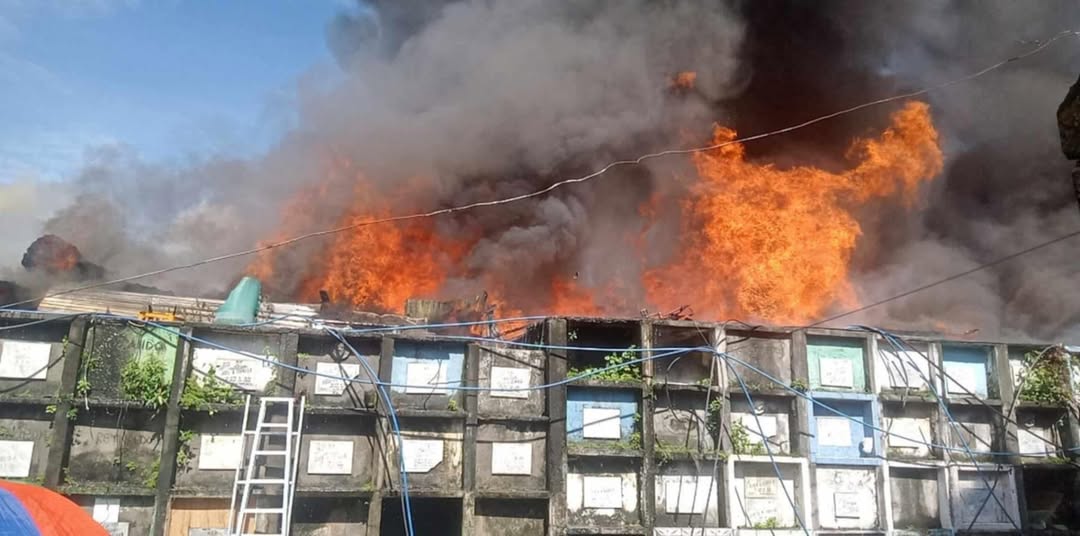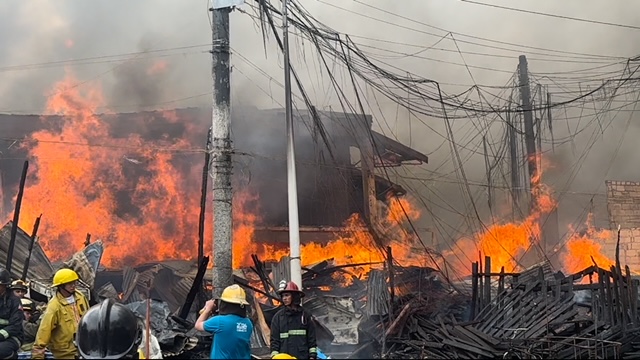FIRE
Within two minutes, fire can become dangerous to humans. In just five minutes, a fire can consume an entire house.
More InformationSAFETY TIPS:
Use a portable fire extinguisher if the fire is small, such as in a trash bin, and is not spreading quickly; If people have already evacuated the area; If the fire department has been alerted or is being called; If the room is not yet filled with smoke.
More InformationCAUSES OF FIRE-RELATED DEATHS
More people die from toxic smoke and gas than from the fire itself. Fire releases chemicals that can impair thinking and cause dizziness. Asphyxiation (lack of oxygen) is the leading cause of fire-related deaths, occurring at a higher rate than burns—nearly three out of every one fatality.
More InformationHOW TO USE A FIRE EXTINGUISHER?
PULL
The first step is to pull the extinguisher’s pin. Hold the extinguisher with the nozzle facing away from you, then remove the safety pin to unlock it.
AIM
Aim the nozzle downward toward the base of the fire.
SQUEEZE
Slowly and evenly squeeze the lever to release the extinguishing agent.
SWEEP
Move the nozzle from side to side to ensure all flames are extinguished.
RELATED NEWS
FIRE PREPAREDNESS
01 Create and practice a fire escape plan.
Ensure that all family members know the exit plan and the designated meeting place after evacuation.
02 Remember that every second counts. Practice escaping twice a year.
This helps improve family preparedness, especially for children and elderly members who may need assistance.
03 Ensure that windows and doors can be easily opened in case of emergency.
Avoid purchasing fixed window bars that cannot be opened from the inside. Have an emergency key that is easily accessible.
04 Have a fire extinguisher and learn how to use it.
Make sure to have an ABC-type fire extinguisher, which can handle different types of household fires. Provide proper instructions to the family on its use.
05 Avoid overloading electrical outlets and using faulty appliances.
Regularly check your home's electrical wiring. If you see frayed or damaged wires, have them inspected by a professional electrician.
06 Keep matches, candles, and other flammable items away from children.
Store matches and lighters in places that children cannot easily reach to prevent accidental fires.
WHAT TO DO DURING A FIRE
01 Alert others about the fire and evacuate before the flames spread.
Use the fire alarm if available, shout "FIRE!" to warn others, and call 911 for firefighters.
02 Crawl low to the ground when escaping, as thick smoke is dangerous and deadly.
Exit using the lowest part of the room. Cover your nose with a damp cloth to reduce smoke inhalation.
03 Cover your nose and mouth with a damp cloth or wrap yourself in a wet fabric.
This helps prevent inhaling toxic smoke and reduces the risk of suffocation.
04 Check doors for heat or smoke. If unsafe, do not open them and find another way out.
Touch the door with the back of your hand. If it's hot, look for an alternative exit like a window or back door.
05 Call 911 immediately or seek help from nearby people.
Provide emergency responders with complete details, including the exact location and if anyone is still inside.
06 Inform firefighters if anyone is still inside the house to ensure a quick rescue.
If people are trapped inside, inform responders of their possible location for faster rescue.
